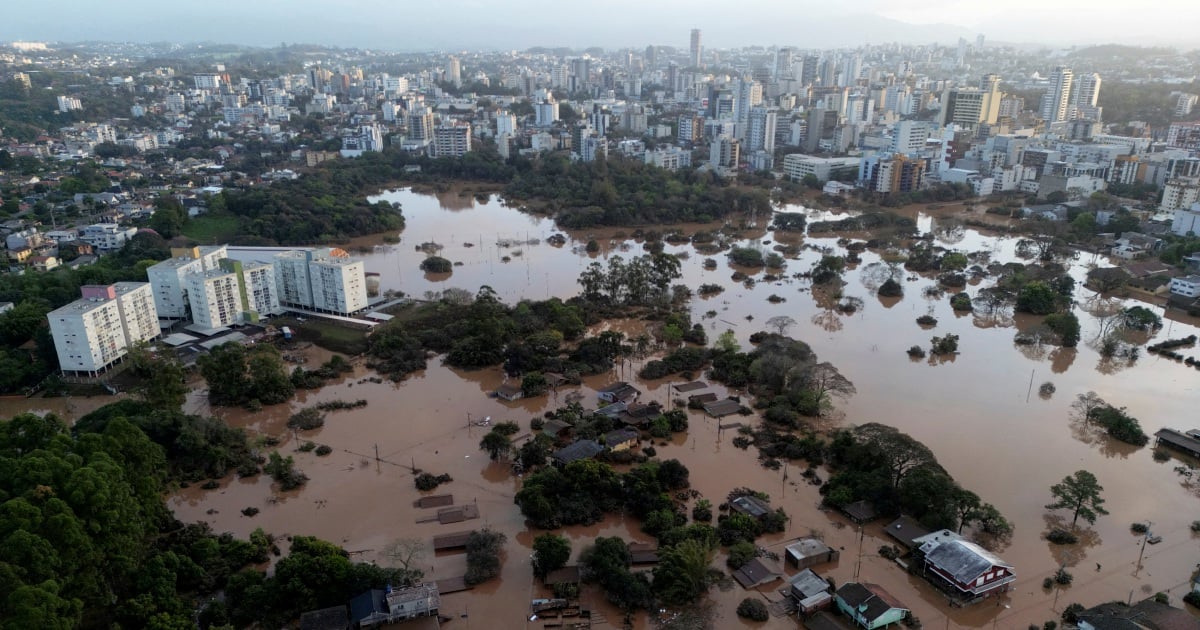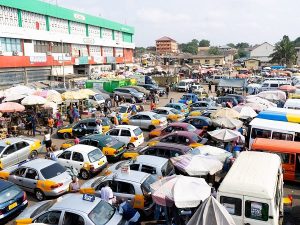Neighborhoods in Brazil’s Rio de Janeiro state remained flooded for more than a day after torrential rains killed at least 12 people.
The heavy downpour wreaked havoc, flooding homes, a hospital, the metro line in the city of Rio and a main freeway section, Avenida Brazil.
Some people drowned and were killed in landslides, while at least three died after being electrocuted. Eighteen towns across the state remained at “high” risk of landslides, according to civil defense officials.
The floods were particularly devastating in Rio’s northern peripheries, some of the metropolitan’s poorest areas.
The deluge flooded shops and homes in Duque de Caxias, a city to the north of Rio, where more than 100 millimeters of rain fell in 24 hours.
Residents waded through waist-high water Monday to navigate streets in Duque de Caxias. Others climbed on roofs and called for help as helicopters flew overhead.
Firefighters were searching for a woman who disappeared after her car fell into the Botas River in Rio’s Belford Roxo neighbourhood. Around 2,400 military personnel from Rio’s firefighters corps were mobilized over the weekend and used ambulances, boats, drones and aircraft to rescue residents and monitor affected areas.
Authorities intervened in over 200 incidents due to the flooding across the state, according to a statement from Rio’s civil defense. But some people accused the authorities of negligence.
Rio de Janeiro Mayor Eduardo Paes declared an emergency on Sunday and urged people to not force their way through flooded areas and to avoid disrupting rescue and recovery efforts.
Rio’s civil defense advised people not to swim in lakes or the sea and, when at home, to stay away from sockets, windows and metal doors.
Floods in the basement of the Ronaldo Gazolla Municipal Hospital led to power cuts that were resolved by Sunday, but all appointments at the hospital have been delayed by 15 days.
Brazil’s National Institute of Meteorology had warned of the potential for heavy rain in Rio, Sao Paulo and Minas Gerais due to a combination of heat, humidity and areas of low pressure in the atmosphere. In February 2023, heavy rain caused flooding and landslides that killed at least 48 people in Sao Paulo State. In September, flooding from a cyclone in southern Brazil killed at least 31 people and left 2,300 homeless. At the same time, the Amazon rainforest in Brazil has faced severe drought. Scientists say extreme weather is happening more frequently due to human-caused climate change, and 2023 was the hottest year on record.
| ReplyForwardAdd reaction |









